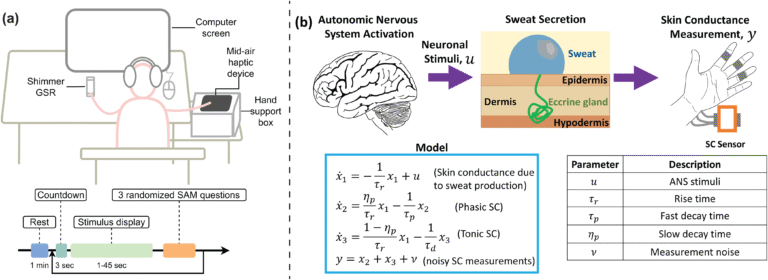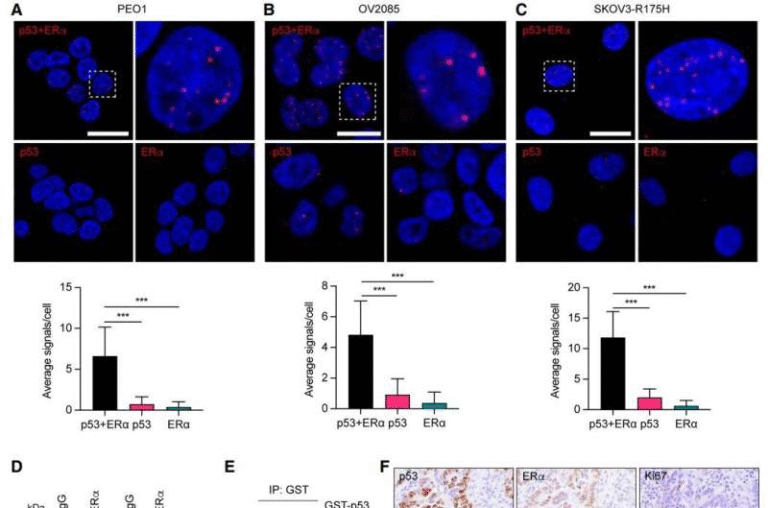Low-Dose Radiation Therapy Shows Real Promise for Easing Knee Osteoarthritis Pain Without Surgery

A new clinical trial from South Korea has caught the attention of doctors and patients dealing with knee osteoarthritis—a condition that affects millions worldwide. The study found that a single course of low-dose radiation therapy can significantly reduce pain and improve joint function for people with mild to moderate knee osteoarthritis, offering a safe, non-surgical alternative when other treatments fall short.
Let’s look at what exactly the researchers did, what they found, and why this could change the way we think about treating this common joint problem.
Understanding Osteoarthritis and Why This Matters
Osteoarthritis (OA) is the most common form of arthritis, affecting around 32.5 million adults in the U.S. alone. It occurs when the cartilage that cushions the ends of bones wears down over time. This leads to pain, stiffness, swelling, and loss of mobility—especially in weight-bearing joints like the knees and hips.
Current treatment options for knee OA range from lifestyle changes (like exercise, weight loss, and physiotherapy) to medications (pain relievers and anti-inflammatory drugs), injections, and ultimately joint replacement surgery for severe cases.
But there’s a big gap in the middle: patients who don’t respond well to medications or can’t undergo surgery often have few good options. This is where the new research steps in.
The Idea Behind Using Radiation Therapy
Radiation therapy is usually associated with cancer treatment, where high doses are used to kill tumor cells. But at much lower doses, radiation has been found to have anti-inflammatory and pain-relieving effects.
In fact, low-dose radiation therapy (LDRT) has been used for decades in countries like Germany and Spain to treat joint pain caused by osteoarthritis and other inflammatory conditions. It’s not a new concept—just one that hasn’t been well-studied in rigorous, placebo-controlled trials until recently.
The new Korean clinical trial, presented at the American Society for Radiation Oncology (ASTRO) 2025 Annual Meeting, finally provides strong evidence supporting this approach.
The Clinical Trial: How It Was Designed
The trial, officially titled “Clinical Effectiveness of Single Course Low-Dose Radiation Therapy in Knee Osteoarthritis: Short-term Results from a Randomized, Sham-Controlled Trial,” was conducted by a team led by Dr. Byoung Hyuck Kim, assistant professor of radiation oncology at Seoul National University College of Medicine, Boramae Medical Center.
Here’s how they set it up:
- Participants: 114 adults with mild to moderate knee osteoarthritis (Kellgren–Lawrence grade 2–3).
- Age Range: 50 to 85 years old.
- Trial Type: Randomized, placebo-controlled, and sham-controlled—meaning one group received “fake” radiation to rule out placebo effects.
- Locations: Three major academic centers across South Korea.
- Treatment Groups:
- Sham irradiation (placebo) – patients went through the same setup but received no actual radiation.
- Very low dose (0.3 Gy) – a total dose of 0.3 gray, divided into six sessions.
- Low dose (3 Gy) – a total of 3 gray, also delivered in six sessions.
To put that into perspective, these doses are less than 5% of the radiation typically used in cancer therapy.
During the first four months, the only pain medication participants could use was acetaminophen (paracetamol). Stronger drugs like NSAIDs or opioids were not allowed, so that the results would clearly reflect the effect of radiation therapy itself.
Measuring Results: The Criteria
The main outcome researchers looked at was the OMERACT–OARSI response rate, a standardized tool in osteoarthritis research that measures whether a patient’s pain, function, and overall condition have improved meaningfully.
Patients also completed the WOMAC questionnaire, which evaluates pain, stiffness, and physical function. Other data—like the use of rescue medication and serum inflammatory markers—were also tracked.
The Results: Real Improvement Without Side Effects
After four months, the results were encouraging:
- 70.3% of patients in the 3 Gy group showed meaningful improvement based on OMERACT–OARSI criteria.
- 41.7% of patients in the placebo group met the same threshold.
- The 0.3 Gy group had a 58.3% improvement rate, which was not statistically different from the placebo group.
This means the 3 Gy dose clearly produced benefits beyond placebo effects.
When researchers looked at the WOMAC composite score, which combines pain, stiffness, and function:
- 56.8% of patients in the 3 Gy group reported significant improvement (at least 16 points).
- Only 30.6% in the placebo group reported similar improvement.
Importantly, no treatment-related side effects or toxicity were observed in any group.
Secondary measures, such as average pain scores, use of rescue medication, and blood markers of inflammation, did not differ significantly among groups—but this is common in smaller studies where the primary focus is on overall response rates.
What Makes This Study Different
This Korean study stands out for a few key reasons:
- It included a placebo control group. This is rare in osteoarthritis research, where placebo effects can be strong.
- Analgesic use was restricted. Patients couldn’t rely on stronger painkillers, meaning improvements could be confidently linked to radiation therapy.
- It tested two different low doses, giving researchers insight into what level of radiation actually works best.
- It involved multiple academic centers, increasing reliability and reducing bias.
Even though about 40% of patients in the placebo group improved, that’s typical in OA studies—placebo effects are well known. The fact that the 3 Gy group performed much better still demonstrates a genuine biological effect.
What Low-Dose Radiation Actually Does
At these tiny doses, radiation doesn’t destroy tissue—it modulates inflammation. It can alter immune cell activity and reduce the release of inflammatory molecules that contribute to pain and swelling.
Scientists believe that this anti-inflammatory effect helps explain why patients with mild to moderate osteoarthritis feel better after treatment. The key is that it’s non-destructive and localized—the radiation targets the joint, not nearby vital organs.
What the Researchers Plan Next
The team behind the study is continuing to monitor patients for 12 months to see how long the benefits last. They also plan to:
- Use imaging techniques (like MRI) to track changes in joint structure over time.
- Conduct larger, pragmatic trials involving more diverse patient populations.
- Perform health-economic analyses comparing radiation therapy to medications and injections.
The hope is that this approach could serve as a “middle-ground treatment”—something between mild painkillers and major surgery.
Who Might Benefit Most
Low-dose radiation therapy probably won’t help patients whose joints are already severely damaged or whose cartilage is gone. But for those with mild to moderate osteoarthritis and visible inflammation, it could be an effective way to delay or even avoid surgery.
It’s not a cure—it doesn’t regenerate cartilage—but it may slow progression and improve quality of life.
Safety and Long-Term Considerations
The short-term data from this study show no radiation-related side effects. That’s consistent with previous European experience, where low-dose radiation has been used safely for years.
However, long-term follow-up is essential to confirm that there are no delayed effects, such as tissue damage or increased cancer risk.
That said, because the doses used are extremely low and the radiation is aimed at peripheral joints, the theoretical risk of cancer is minimal—especially compared to high-dose cancer treatments.
Putting It All in Context
The idea of using radiation for arthritis may sound unusual, but it’s rooted in decades of practice and growing evidence. In Germany alone, thousands of patients receive this therapy each year for arthritis-related joint pain, often with excellent results.
What this new study does is provide scientifically rigorous proof that the treatment works better than placebo and that it’s safe—at least in the short term.
If future studies confirm these findings over longer periods, low-dose radiation therapy could become part of mainstream care for osteoarthritis. It might especially help older adults who can’t tolerate surgery or long-term medication side effects.
What Comes Next for Osteoarthritis Treatment
The growing research on noninvasive options like this one reflects a broader trend: trying to bridge the gap between drug therapy and surgery. Scientists are exploring a range of alternatives, including:
- Regenerative medicine (stem cell injections, platelet-rich plasma)
- Targeted radiofrequency therapy for nerve pain
- Exercise-based and biomechanical therapies to reduce joint stress
Low-dose radiation now joins this list as a potentially powerful addition—one that combines safety, convenience, and measurable benefit.
For now, doctors will want to see more data from the ongoing follow-up and larger international trials. But it’s fair to say this research has opened a serious new conversation about how we approach knee osteoarthritis care.





